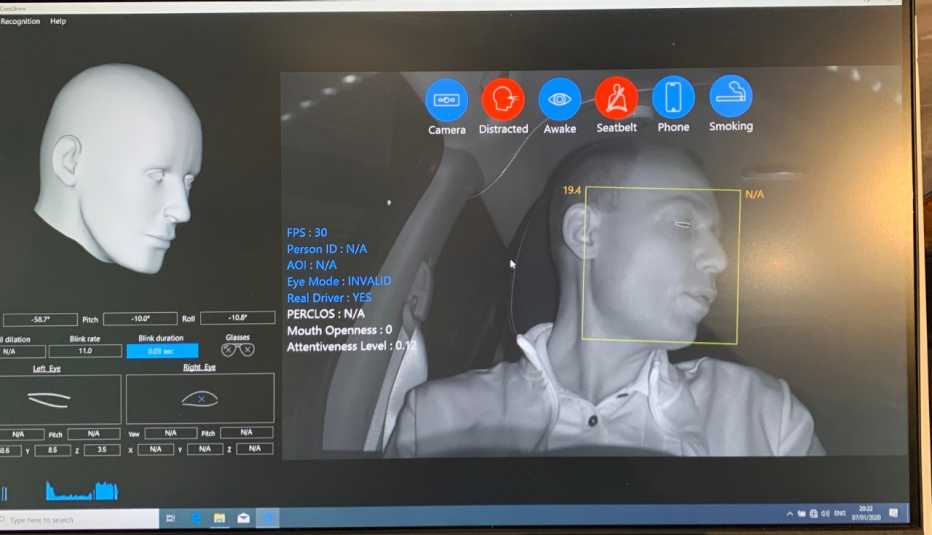AARP Hearing Center


Each new generation of cars will be more adept at telling us what we're doing wrong in the driver's seat — until our vehicles finally take the wheel.
That much is evident at CES, the annual consumer electronics show that has flooded Las Vegas this week with more than 170,000 technology-focused attendees soaking up the newest innovations. Among the flashy car tech highlighted here are the latest in advanced driver-assistance systems, safety upgrades that should lead to fewer crashes while continuing to skip us farther down the road toward self-driving cars.
"Fender benders will very soon be a thing of the past,” says senior principal engineer Jack Weast of Intel, the Santa Clara, California-based parent company of the driver-assistance software developer Mobileye in Jerusalem. An estimated 20 to 30 percent of cars now have the systems, and “in pretty short order, you're not going to be able to buy a car without these kinds of safety capabilities,” Weast says.
On Wednesday at CES, U.S. Transportation Secretary Elaine L. Chao announced that the federal government is collaborating across agencies to support and set standards for automated vehicle technologies. Officials are calling it “Automated Vehicles 4.0.”
But in the meantime, you'll be seeing a slew of new high-tech safety features enter the market. Here are a few you might find in your next car, according to experts at CES:
• Even more advanced driver-monitoring systems. The DriverSense system from another Israeli company, Eyesight Technologies, uses a camera to analyze drivers’ facial features, including blink rates and yawning, and sends an alert when they need to pay more attention. Its newest version can detect when a driver is smoking; some countries don't allow smoking while driving.
DriverSense has been on the fast track for inclusion in European vehicles since the European Commission mandated all new cars include driver-monitoring systems along with other advanced safety features such as speed limiters by 2022, says Liat Rostock, Eyesight's vice president of marketing.
Different versions of face-scanning driver-safety technology already can be found in some U.S. cars. The Cadillac CT6 has Super Cruise, a feature that works with adaptive cruise control — slowing down when the car in front of you slows down, for instance — to allow drivers to keep their hands off the wheel on certain compatible highways.


But that system works only if lane markings are clear, not covered with snow, or faded from sun or heavy use.




























































More on auto
Keep Older Adults at Top of Mind, AARP CEO Urges Tech Industry
50-plus Americans spent $140 billion on technology in 2018, AARP report findsToday's Smart Home Tech Can Help You Age in Place
Experts say new products can give you convenience, safetyBalance-Sensing Scale Wins AARP's CES Pitch Event
Host Joe Montana praises technology for keeping older adults 'in the game'